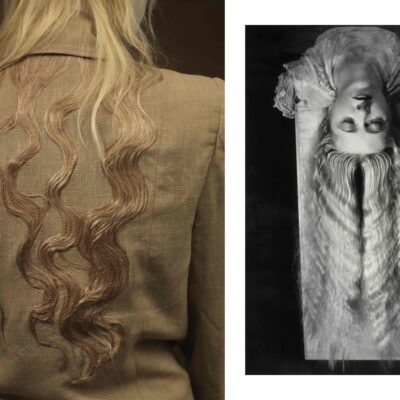
Exhibitions 18.07.2023
22.12.2017
1920sfashion historyhistoricismrevivalism
History in dress design during the 1920s
The ‘roaring Twenties’ are generally described as a modern decade, being represented by the figure of the flapper, the cutting-edge girl wearing a straight, short dress and the bob haircut. However, in the same decade another fashion, with a more romantic appeal, became popular. In fact, during the 1920s and throughout the 1930s, women could indulge in looking back to the past centuries wearing their robes de style.
Robes de style were those dresses and gowns with a usually simple top, dropped waist and full wide skirts that required hoops and panniers; they were inspired by the costumes of the 18th or 17th century. They became popular amongst girls, who were too young to wear the daring flapper’s look, and their mothers, as the cut and volumes of the gowns resulted in a more flattering fit than those of the linear flappers’ dress.
Although not being the inventor, Jeanne Lanvin championed the design of these dresses, debuting her first takes on the silhouette towards the end of the 1910s. A trained milliner, Lanvin moved to dressmaking as her clients asked her for the garments she made for her daughter, delicately embroidered and embellished robes de style. For this reason, her earlier creation for women also included a pendant version for younger girls.
Jeanne Lanvin was not however the only celebrated creator of robes the style. The House of Worth, Paul Poiret, Callot Soeurs and Boué Soeurs worked on these silhouettes too. Not only limited to the evening, there was a full range of robes the style that could be worn all through the day during different occasions. For their wide skirts, the main characteristic of these robes was the fabric implied in their creation and various decorations they featured. This was though also the reason for their decline. In fact, World War II and the shortages and restrictions of fabrics that came with it, led the tastes to a less dispendious look.